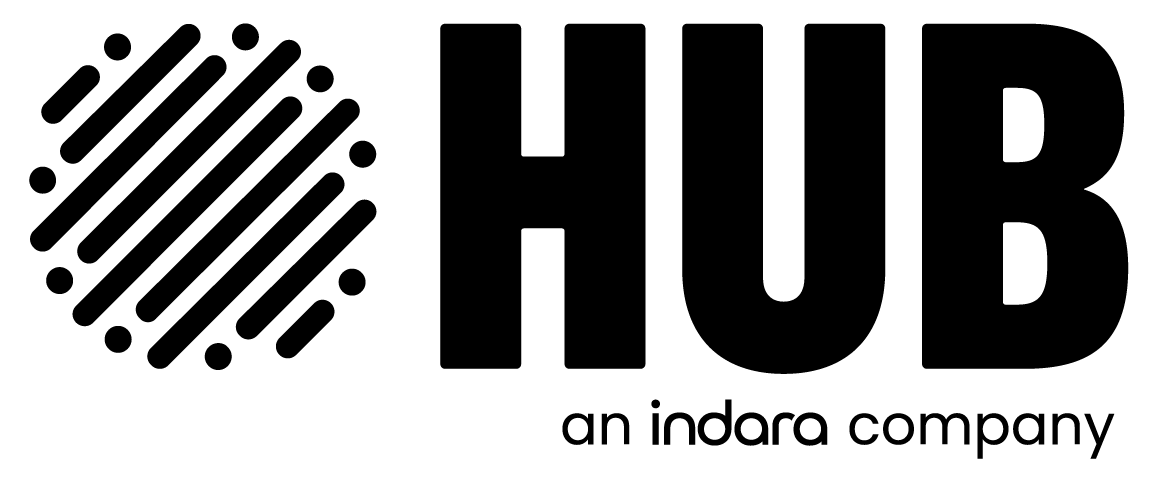ADAM BECK
13 February 2025
NEWS
GUIDED BY THE CHALLENGE: THE SIX MOST COMMON MULTIFUNCTION POLE USE CASES
At HUB, we understand that public realm design is vital to creating connected, functional, and dynamic public environments. As cities and campuses evolve, technology and data-enabled infrastructure play a pivotal role in enhancing these spaces.

At HUB, we understand that public realm design is vital to creating connected, functional, and dynamic public environments. As cities and campuses evolve, technology and data-enabled infrastructure play a pivotal role in enhancing these spaces.
Multifunction poles are helping with this enhancement process, by seamlessly integrating technology, connectivity, and sustainability into a single product design solution.
These poles provide essential lighting and support Wi-Fi, climate sensors, EV charging, and smart data collection - helping communities reduce energy consumption, manage resources, and improve public safety.
By combining flexibility with cutting-edge technology, multifunction poles are transforming open spaces into smarter, more connected, and environmentally responsive places that meet the needs of all users of public places.
Here are some of the use cases for multifunction poles in public places.
Use Case 1: Safety and Security
Challenge: Public urban parks often face issues with public safety, such as poorly lit spaces, blind spots, or insufficient real-time surveillance, which can lead to increased crime and reduced community confidence in using those spaces.
Solution: Multifunction poles equipped with high-definition cameras, emergency communication systems, and sensors can provide 24/7 monitoring. Integrated AI software can detect unusual behaviour and send instant alerts to authorities, enhancing situational awareness and enabling faster incident response.
Use Case 2: Smart Programmable Lighting
Common Challenge: Static Street lighting wastes energy and is often inadequate in adjusting to varying conditions, such as weather, time of day, or specific community events.
Solution: Smart poles with programmable LED lighting adjust the intensity and colour temperature based on environmental conditions, pedestrian activity, or event-specific needs. These smart lighting and control systems reduce energy consumption, enhance visibility, and improve overall user experience in public spaces.
Use Case 3: Celebrating Special Events
Challenge: Local authorities commonly use their parks and streets to engage the public when celebrating events and communicating information, but they often lack the infrastructure to do so at a large scale.
Solution: Multifunction poles offer the opportunity to use programmable and multi-colour beacon lighting, digital display screens, and banners to showcase events and information.
Use Case 4: Air Quality and Noise Monitoring
Challenge: Park and place managers often lack real-time data on air quality and noise pollution, making it difficult to address health concerns or enforce regulations effectively.
Solution: Integrated environmental sensors in multifunction poles can continuously monitor air quality parameters (e.g., PM2.5, CO2) and noise levels. This data supports proactive policymaking, real-time public notifications, and insights for urban planners and place managers to create healthier environments.
Use Case 5: Mobility Movement and Counting
Challenge:Planners and engineers often lack accurate, real-time data on pedestrian, cyclist, and vehicular movement, making it challenging to optimise traffic flow or design user-friendly urban spaces that work under various event modes.
Solution:Multifunction poles with embedded mobility sensors and AI software can track and analyse movement patterns, providing insights into congestion, peak usage times, and multimodal transport needs. This data enables adaptive mobility management and smarter urban design strategies.
Use Case 6: Small Cell Connectivity
Challenge: The growing demand for high-speed, reliable mobile connectivity in public places often outpaces existing infrastructure, and large mobile towers are not always sympathetic to the surrounding landscape amenity.
Solution: Multifunction poles with integrated small-cell technology act as mini-cell towers, improving network capacity and coverage. This ensures seamless 5G connectivity, supports IoT applications, and enhances overall digital infrastructure resilience.




